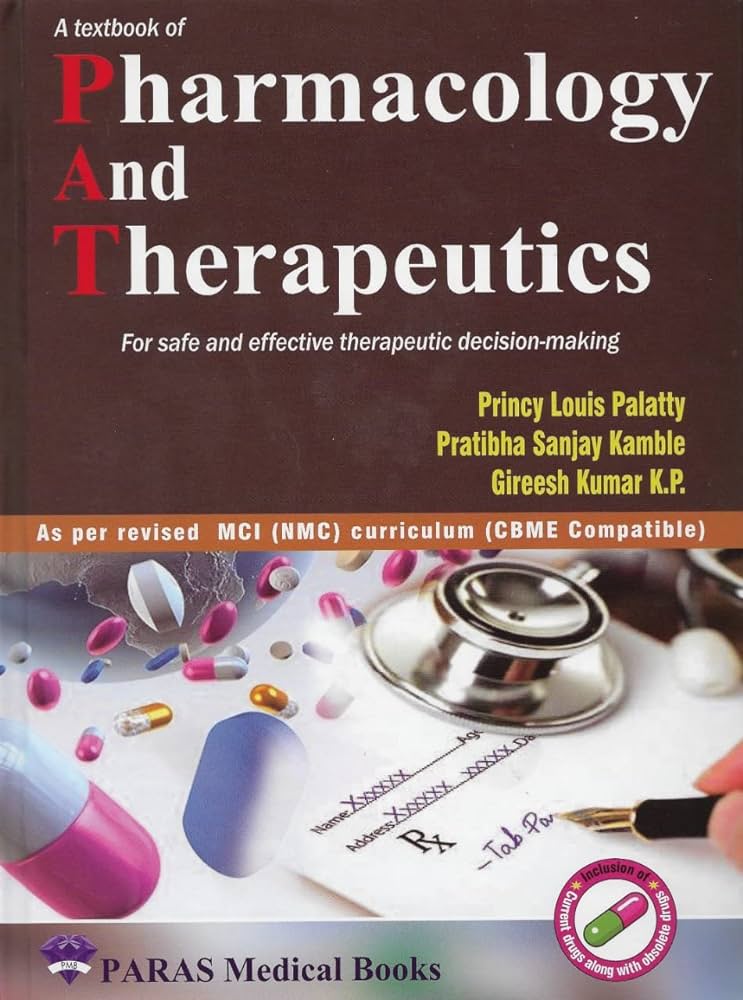中药配方中药材与药物相互作用的药代动力学机制综述。
IF 12
1区 医学
Q1 PHARMACOLOGY & PHARMACY
引用次数: 0
摘要
口服中药在到达靶器官的过程中面临着各种挑战,包括在胃肠道的吸收和转化、通过门静脉的肝脏代谢以及最终的全身循环。在这一过程中,肠道微生物、物理或化学屏障、代谢酶和转运体等因素起着至关重要的作用。特别是,在体外和体内都观察到了 CHM 中不同草药之间的相互作用。在体外,相互作用通常表现为可检测到的物理或化学变化,如促进溶解或在服用多种草药煎剂时产生沉淀。在体内,这种相互作用会改变体内代谢酶或转运体的 ADME(吸收、分布、代谢和排泄)状况,导致竞争、拮抗、抑制或激活。这些相互作用最终导致多种草药配方在中医治疗和药理作用上的差异。两千多年来,中国在科学使用中草药方面积累了深厚的专业知识和坚实的理论框架。在临床上,经常采用多味中草药合煎来协同提高疗效或减轻毒副作用。此外,将毒性增加或效果减弱的草药组合在一起也被视为一种补救措施,中医师认为这种做法应谨慎对待。这些历史记录和实践为预测有利的多草药组合及其潜在风险奠定了基础。然而,可用于支持临床实践和探索新型中草药配方的系统数据仍然有限。因此,本综述旨在总结现有著作中草药-草药或草药-药物组合的药代动力学相互作用和机制,为优化中草药组方和开发具有中草药组方特点的新药提供指导和证据。本文章由计算机程序翻译,如有差异,请以英文原文为准。
A comprehensive review on pharmacokinetic mechanism of herb-herb/drug interactions in Chinese herbal formula
Oral administration of Chinese Herbal Medicine (CHM) faces various challenges in reaching the target organs including absorption and conversion in the gastrointestinal tract, hepatic metabolism via the portal vein, and eventual systemic circulation. During this process, factors such as gut microbes, physical or chemical barriers, metabolic enzymes, and transporters play crucial roles. Particularly, interactions between different herbs in CHM have been observed both in vitro and in vivo. In vitro, interactions typically manifest as detectable physical or chemical changes, such as facilitating solubilization or producing precipitates when decoctions of multiple herbs are administered. In vivo, such interactions cause alterations in the ADME (absorption, distribution, metabolism, and excretion) profile on metabolic enzymes or transporters in the body, leading to competition, antagonism, inhibition, or activation. These interactions ultimately contribute to differences in the therapeutic and pharmacological effects of multi-herb formulas in CHM. Over the past two thousand years, China has cultivated profound expertise and solid theoretical frameworks over the scientific use of herbs. The combination of multiple herbs in one decoction has been frequently employed to synergistically enhance therapeutic efficacy or mitigate toxic and side effects in clinical settings. Additionally combining herbs with increased toxicity or decreased effect is also regarded as a remedy, a practice that should be approached with caution according to Traditional Chinese Medicine (TCM) physicians. Such historical records and practices serve as a foundation for predicting favorable multi-herb combinations and their potential risks. However, systematic data that are available to support the clinical practice and the exploration of novel herbal formulas remain limited. Therefore, this review aims to summarize the pharmacokinetic interactions and mechanisms of herb-herb or herb-drug combinations from existing works, and to offer guidance as well as evidence for optimizing CHM and developing new medicines with CHM characteristics.
求助全文
通过发布文献求助,成功后即可免费获取论文全文。
去求助
来源期刊
CiteScore
23.00
自引率
0.70%
发文量
222
审稿时长
90 days
期刊介绍:
Pharmacology & Therapeutics, in its 20th year, delivers lucid, critical, and authoritative reviews on current pharmacological topics.Articles, commissioned by the editor, follow specific author instructions.This journal maintains its scientific excellence and ranks among the top 10 most cited journals in pharmacology.

 求助内容:
求助内容: 应助结果提醒方式:
应助结果提醒方式:


